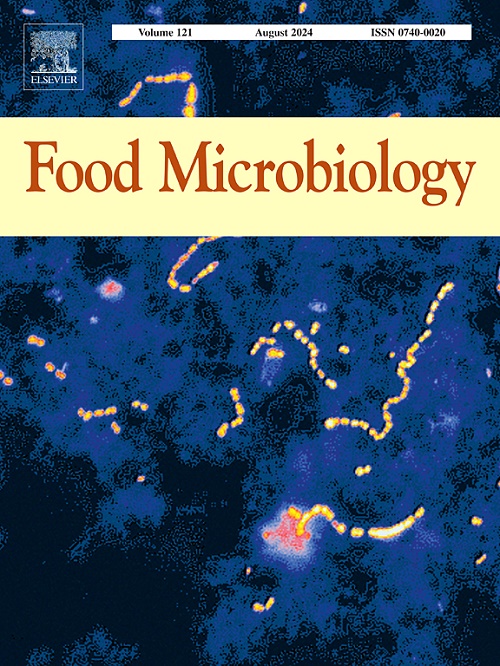Characterization and analysis of dynamic changes of microbial community associated with grape decay during storage
Abstract
The rot caused by pathogens during the storage of table grapes is an important factor that affects the development of the grape industry and food safety, and it cannot be ignored. The development of innovative methods for pathogen control should be based on a comprehensive understanding of the overall microbial community changes that occur during grape storage. The study aims to investigate the relationship between the native microbiota (including beneficial, pathogenic and spoilage microorganisms) on grape surfaces and the development of disease during grape storage. In this study, the bacteria and fungi present on grape surfaces were analyzed during storage under room temperature conditions using high-throughput sequencing. During the storage of grapes at room temperature, observable diseases and a noticeable decrease in quality were observed at 8 days. Microbial community analysis showed that 4996 bacterial amplicon sequence variants (ASVs) and 488 fungal ASVs were determined. The bacterial richness exhibited an initial increase followed by a subsequent decrease. However, the diversity exhibited a distinct pattern of gradual decrease. The fungal richness and community diversity both exhibit a gradual decrease during the storage of grapes. Fungal β-diversity analysis showed that despite the absence of rot and the healthy state of grapes on the first and fourth days, the fungal β-diversity exhibited a significant difference. The analysis of changes in genera abundances suggested that Candidatus Profftella and Aspergillus exhibited dominance in the rotting grape at 16 days, which are the main pathogens that caused disease in the present study. The co-occurrence networks among the microbial showed that the Candidatus proftella genera has a positive correlation with Aspergillus niger, indicating that they work together to cause disease and promote growth in grapes. Predicting the function of bacterial communities found that the microorganisms associated with lipid metabolism at 4 days play an important role in the process of postharvest decay of grapes.

 求助内容:
求助内容: 应助结果提醒方式:
应助结果提醒方式:


